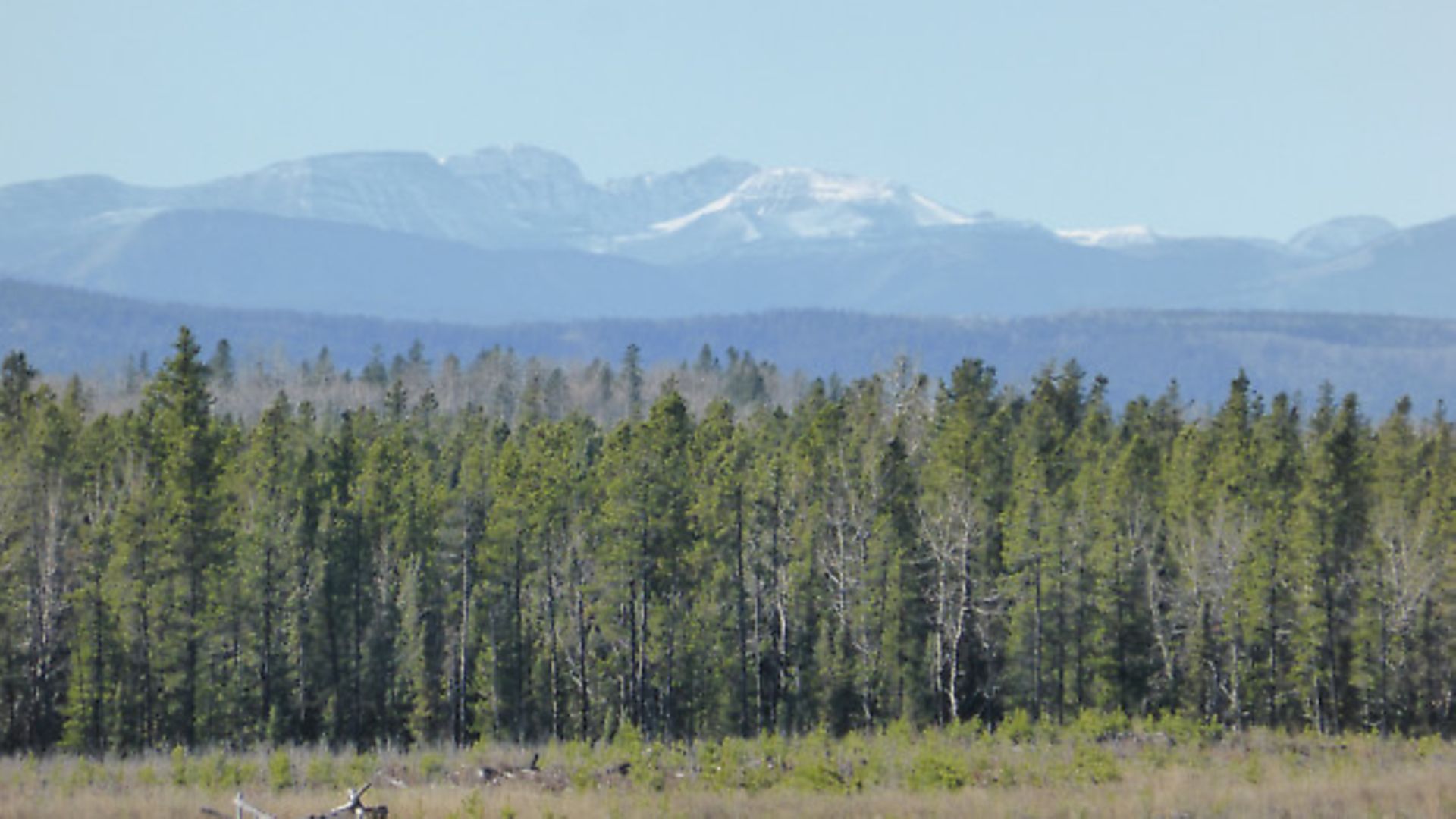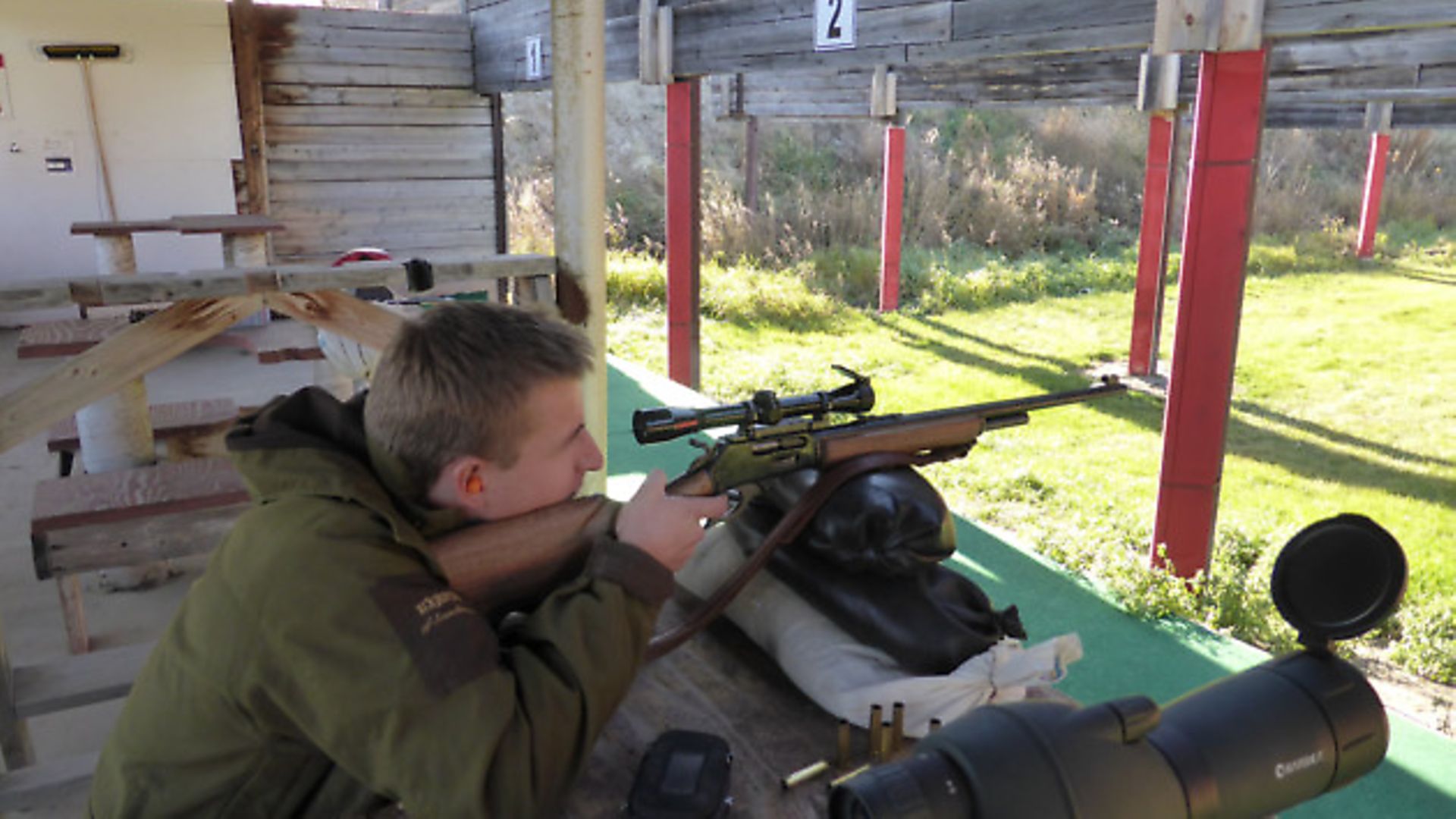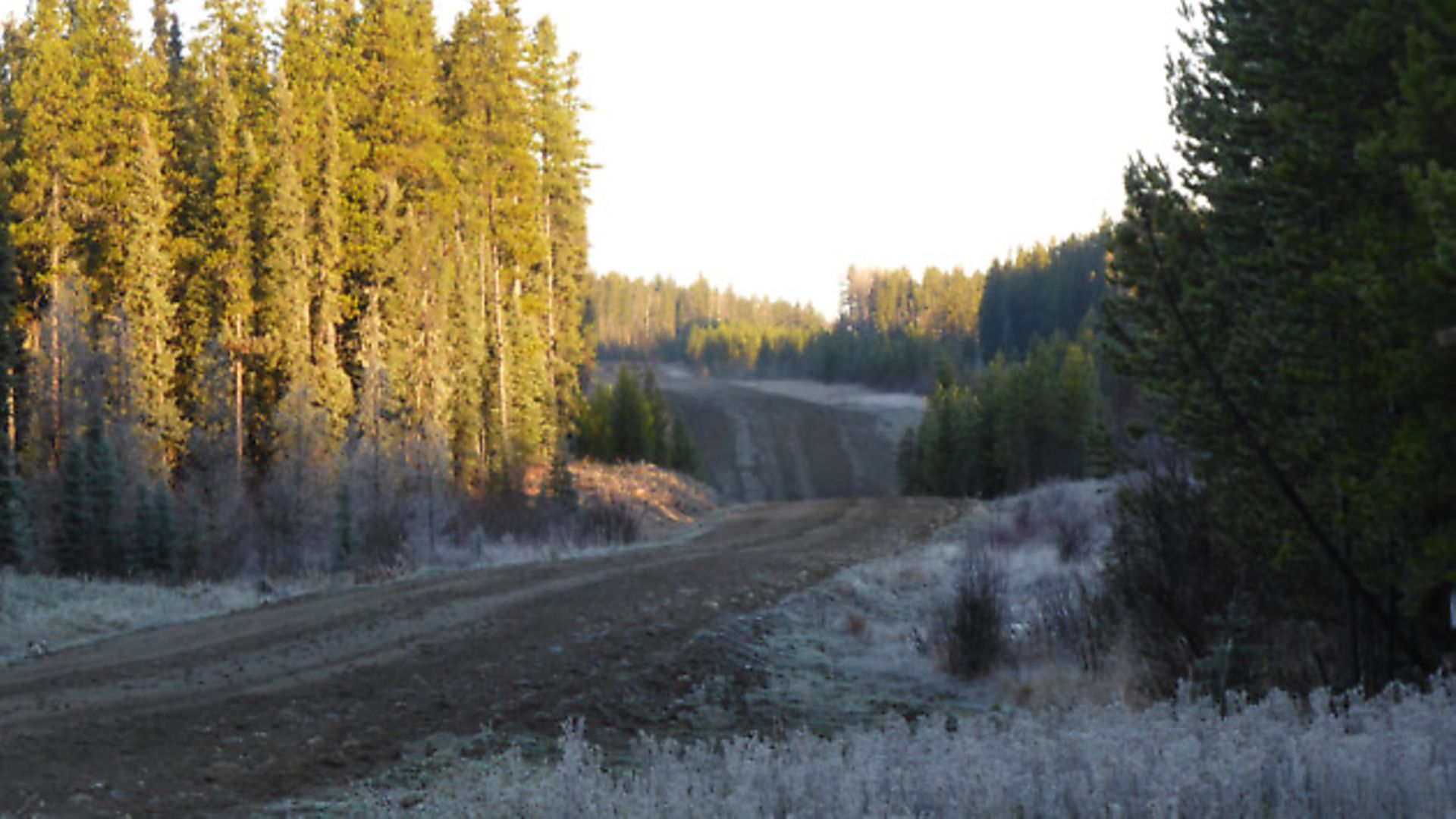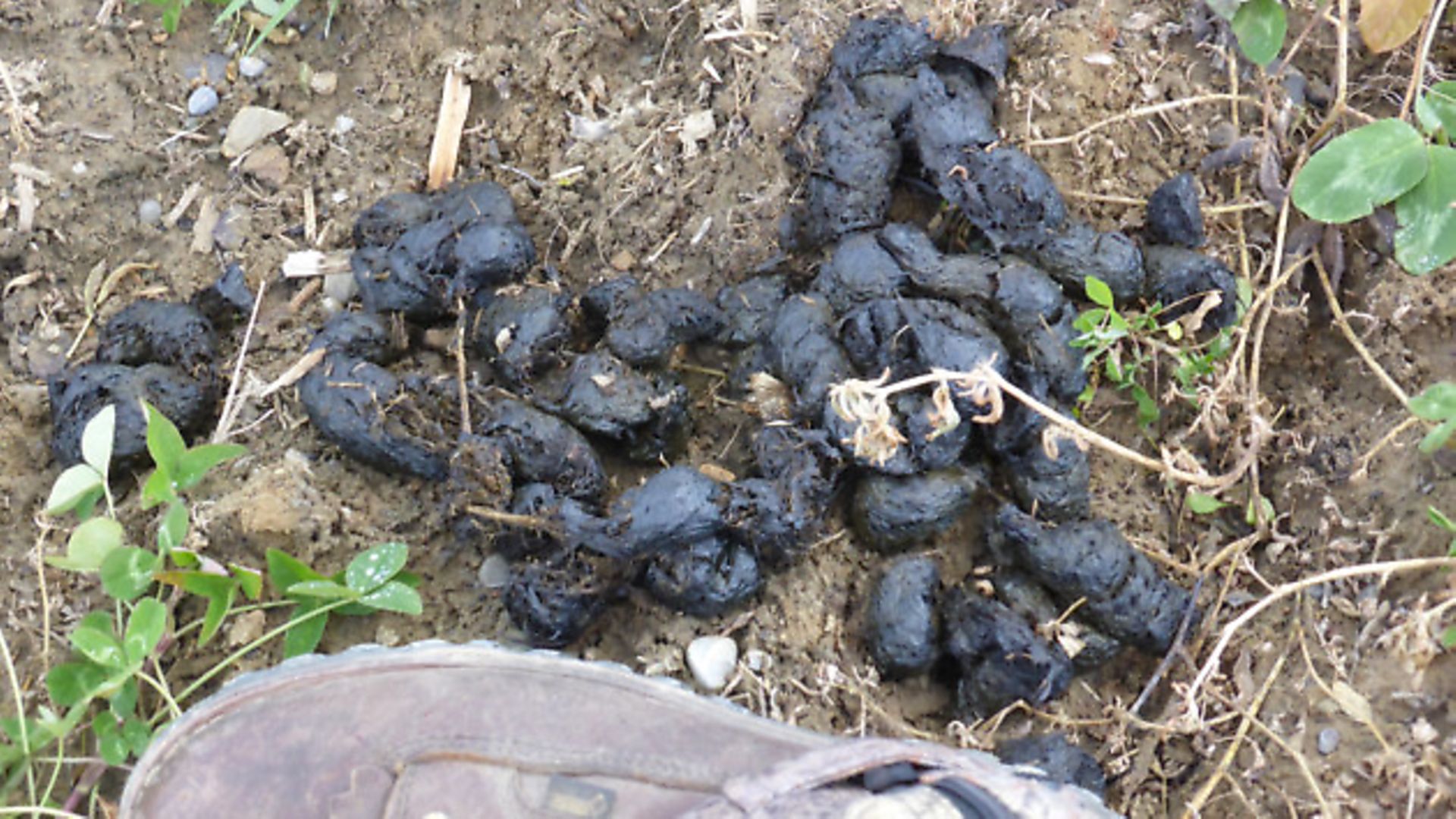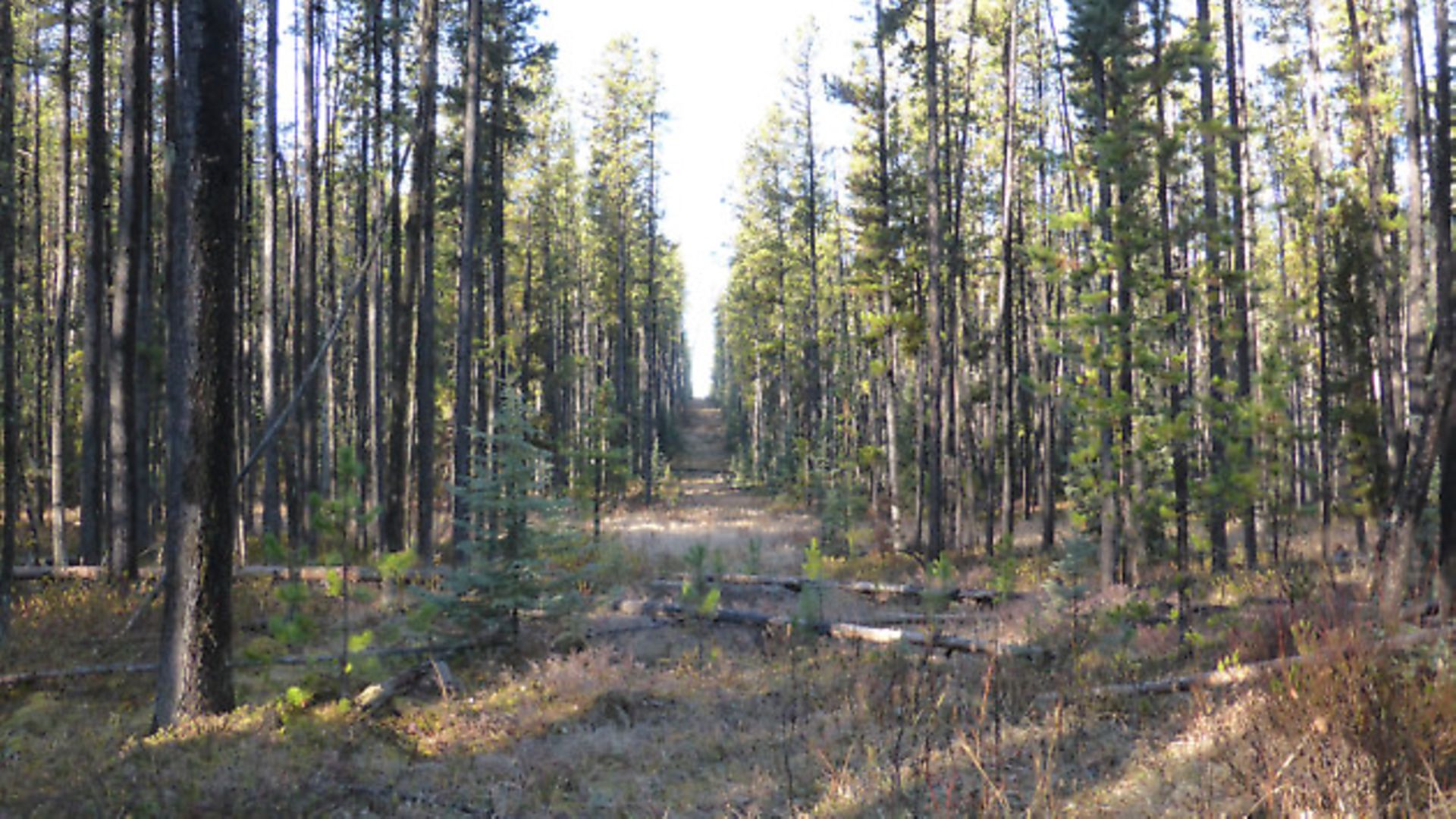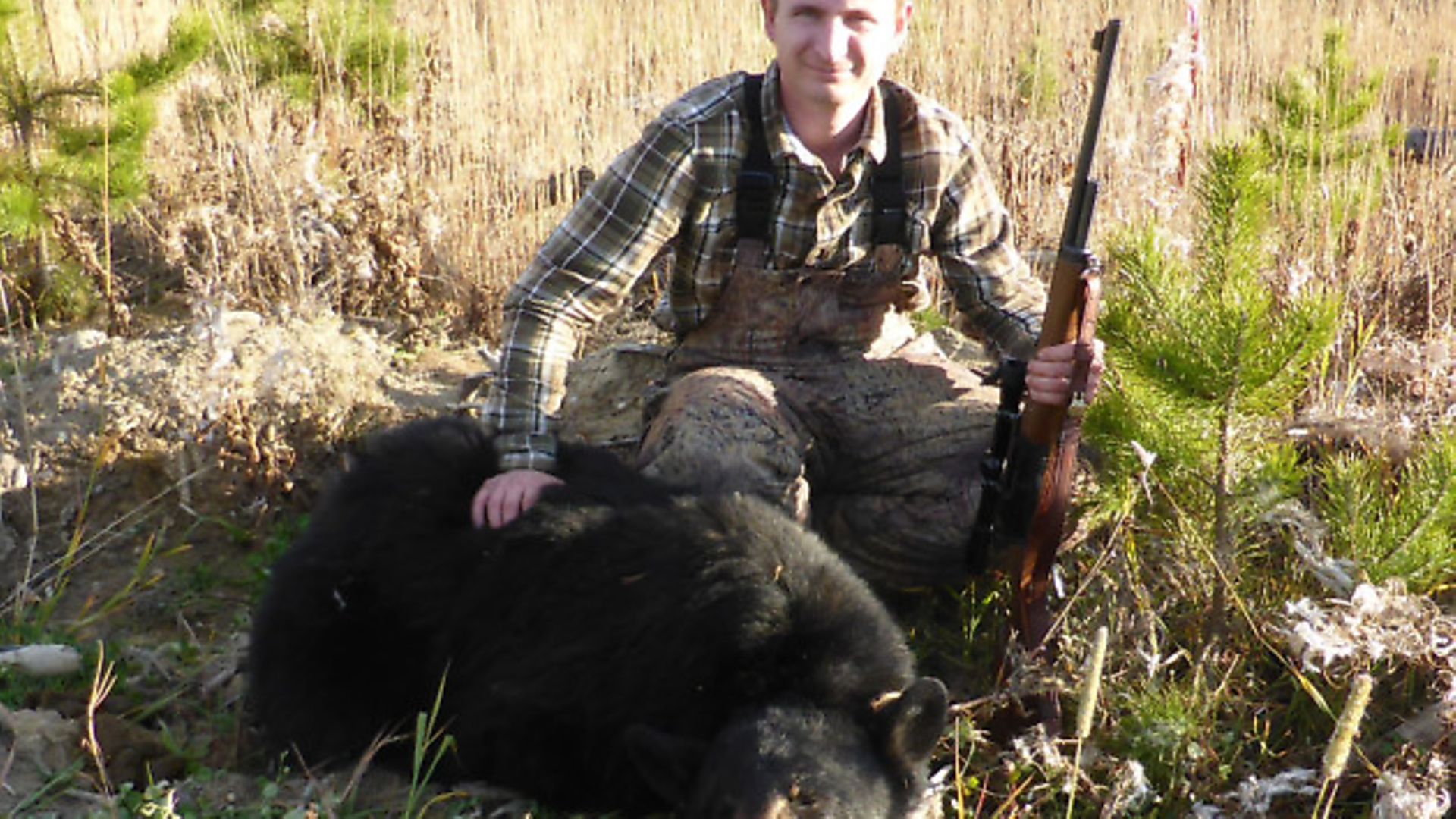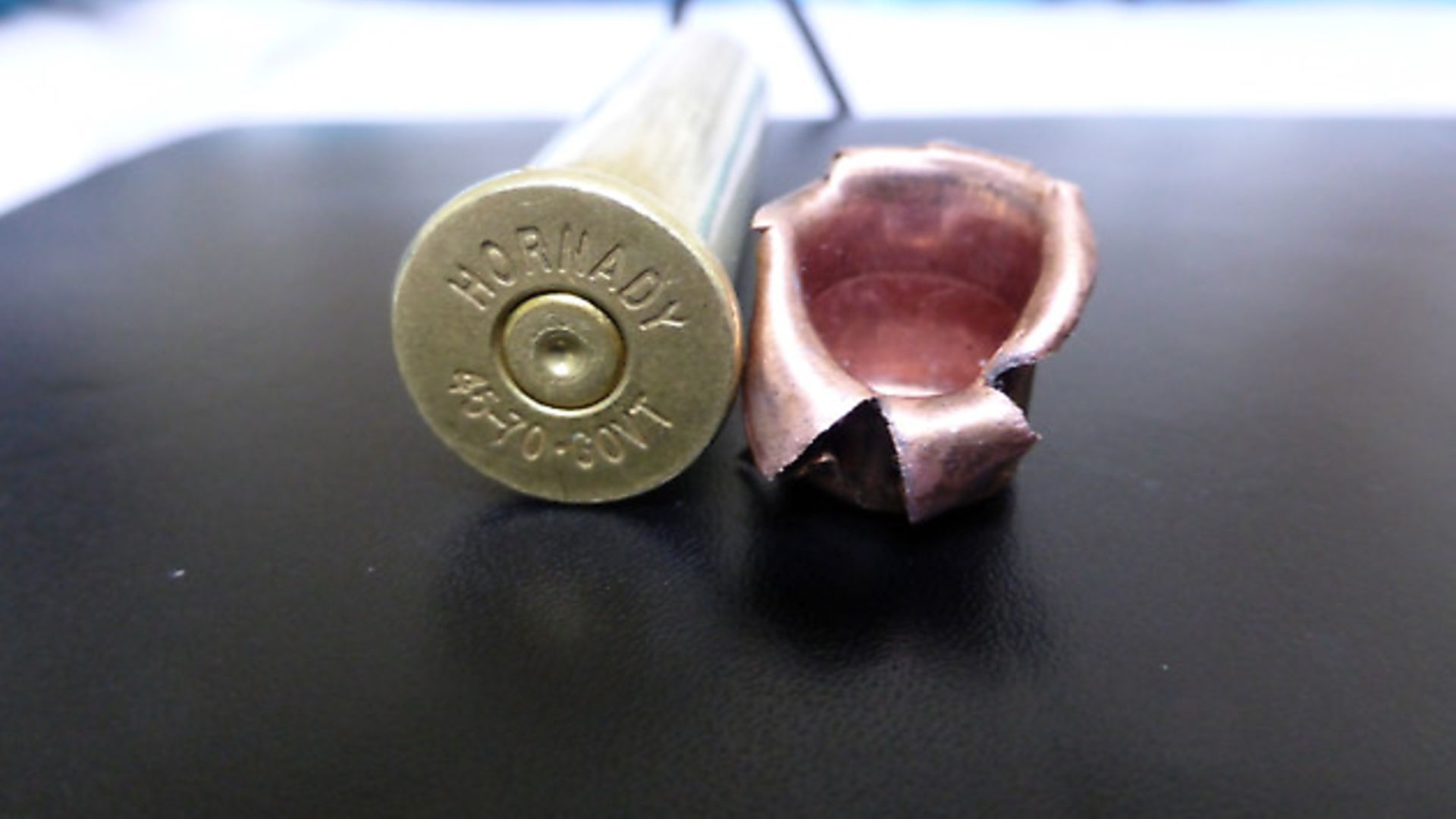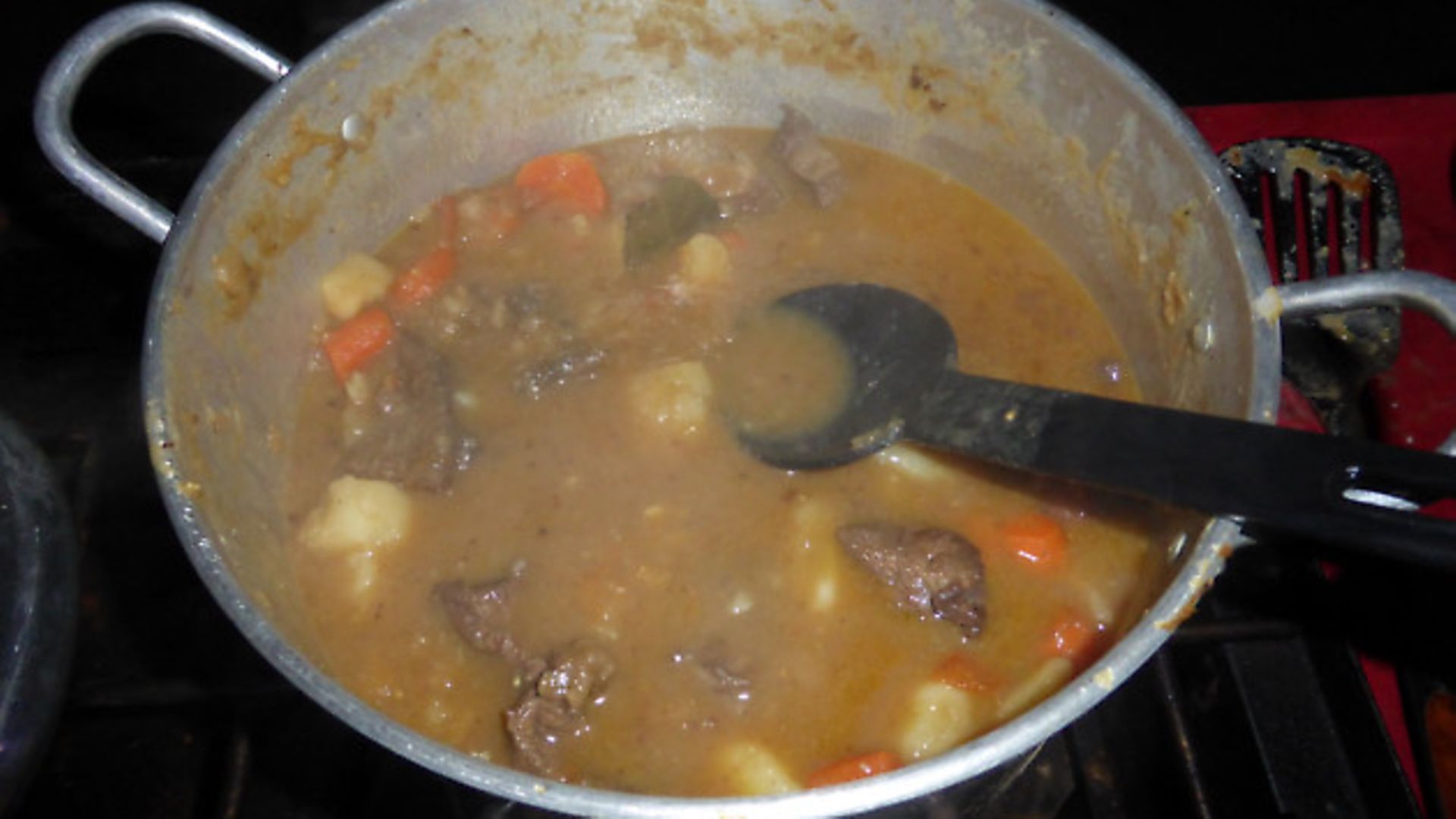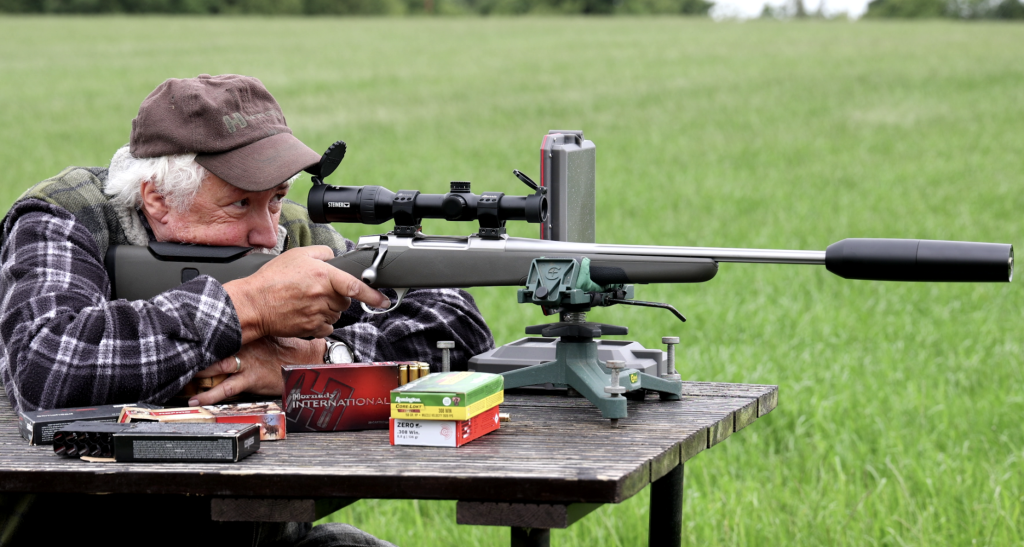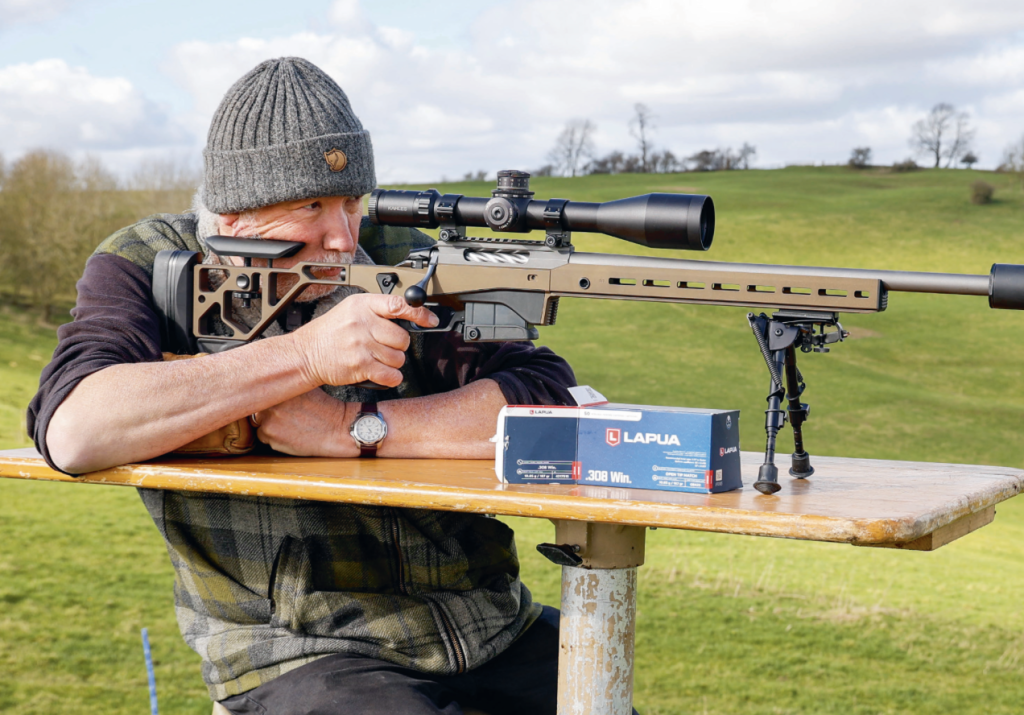Alex Hatton hunting black bear – Canada
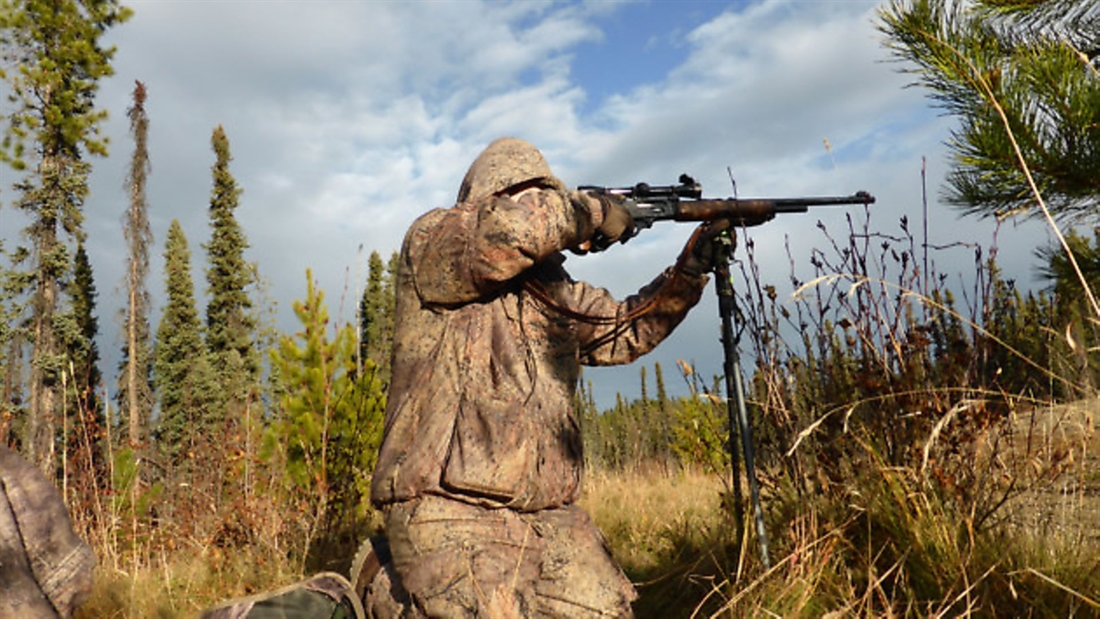
Alex Hatton brings us this fascinating tale of a bear hunt in Canada, where he realises he is not just the hunter but possibly the hunted, which is sure to bring out primal instincts like nothing else
This would be my second hunting trip to Canada. On the first, I managed to shoot a beautiful whitetail buck, but this time we were going later so would be into the white-tailed deer’s pre-rut. Plus, the theory was that black bears would be in the open more at dawn and dusk, feeding on the lush growth to gain fat reserves so they could survive hibernation.
I have wanted to try bear meat ever since reading a recipe many years ago, so this was an opportunity to fulfil an ambition. In Canada, tags are readily available for black bear due to their abundance, with an estimated 40,000 black bears in Alberta alone. Being a furbearer, you must keep the bear’s hide if you are successful, but you do not have to keep the meat. I was keen to do both.
The previous winter had been mild, so although we were expecting deer numbers to be higher, the signs last time were that wolf numbers were on the rise.
A trip down the range saw me falling in love with a Marlin 1895 .45/70 govt. lever gun. There is just something incredibly pointable about these guns and, at 100m, I was putting holes through holes.
After a few hours of driving north into the treeline, following a convoy of trailers being towed by friends of my host, we were soon off the tarmac and onto the gravel roads put in and maintained by the oil/gas industry.
Twelve hunters paired off and went in six different directions in pickups and quad bikes to see where the game was and hopefully where the wolves were not!
If you went to Canada expecting the densities of game we get in the UK, you would be sorely disappointed. These are very wild animals, living with big predators in thick bush. We were searching for cow elk, white-tailed does and bucks, mule deer bucks, black bear and ‘ditch chickens’, i.e. spruce grouse and ruffed grouse.
Day one saw us in fairly open country with clear-felled blocks, which the mule deer prefer. Being a slate grey colour, they look just like a tree stump – until they move! We saw a single mule doe, but she saw us stop the vehicle on the road from 800m, and off she went.
We walked along the forest edge. I was carrying the 45/70, and my host a .30-06. As we walked, I felt a sense of just how different it was out here. Back at home, the fact that something could be hunting you is not on your mind.
Bears are treated with great respect and much of the aggression is an attempt to get you to back down. Grizzlies (brown bears) are in much lower densities than black bears, and so are not currently hunted. As for which is more dangerous, black bears can be far more predatory and have been known to track humans, whereas most of the accidents with grizzlies happen because you’ve surprised them or got between a mother and her cubs. When this happens, it is likely to be fatal.
With all this in mind, I did feel the short, snappy lever-action and Hornady 325gr flex tips – called Lever Revolution – were my friends! A sense of safety filled me. A low-powered Leupold M8 in 4x power topped it off, the perfect scope for the terrain we were crossing. The 45/70 would be fine up to 200m, and for anything further we had the .30-06. Or we could just stalk into it.
We soon came across a white-tailed doe and follower, but we left them – with winter approaching they needed each other.
The fantastic thing about hunting in numbers is waiting for people to come back into camp after dark and tell you what they have seen, shot or found signs of. This evening seemed to have been quiet, until Trevor, David and his son Dom came in with a good black bear sighting. It had been spooked but was intently feeding when they first saw it on a bank of clover.
I was awake before the alarm and my host and I went out with hopes of finding the bear. We checked a few leases (private roads) in the truck with long views of cut lines where pipes had been laid in previous years. As we came out of a lease, David and Trevor pulled up to say they had just seen the same black bear in the same spot as yesterday – a big bank full of clover and pea – and perhaps we should go and target it.
Unfortunately, with so many leases in that direction we took the wrong one and bumped him. He was 80m from the treeline and off he went. His coat looked great, as it should at this time of year. We parked further away, crept back in and sat up, rather than pursue him into the thick woods. We were sure he would be back, but two hours later we called it a morning as the day was with us and there was too much activity nearby.
We were back out for midday and a slow creep-in saw us sat up behind some small trees, overlooking where the bear had now been seen three times. I set up some shooting sticks at the right height and put four rounds in the magazine, cycling one. The wind was in our faces and the sun shining. Conditions were perfect. All we needed to do was put in the time.
A few vehicles passed over the next few hours and we anticipated this bear had a routine outside peak activity times, when the occasional oil workers finished up at around 3pm. I just hoped he would show.
With the Rocky Mountains in the distance we could see for miles, and over the five hours we sat there we saw rain, rainbows and bright sunshine, the intensity of waiting for the bear keeping us awake and focused.
After the last of the traffic passed the anticipation was electric. At around 4pm there was a crunch from the other side of the bank, as if something was breaking timber apart. My host whispered that our bear had resurfaced and was probably tearing up trees looking for ants. We dared not move. All we could do was sit and listen to our bear, about 300m away, making quite a racket now. All my senses were in overdrive.
A few heavy showers followed and the noise ceased. It was deathly quiet now and I was starting to wonder if we should go to where we had heard him. We sat still and just before 5pm, as if on a casual stroll, swaggering up the lane towards the bank was a big black bear.
The first glance confirmed our suspicions – he was indeed a ‘he’ and not a ‘she’ with cubs, and he was not overly mature, so would make good eating. It was an incredible sight, shaking the rain came off his coat like a dog. I sat for what seemed like an age, just watching him, totally in awe, but I was on the sticks with the gun ready, and trying to steady my breathing, not with buck fever, but with a sense of just how important this first shot was, as always.
It had to count. The last thing we wanted was to have to go into the woods to try to track a wounded and angry black bear. The hard work was done. Here we were in prime position, 125m away, and the rest was up to me. With the treeline as close as 80m away from the bank, we had agreed I would try to take a high chest shot with the aim of clipping the spine. Heart shots are a little hard to judge because of the amount of hair hanging down from the belly.
I steadied my breathing, waiting for a clear shot free of vegetation, and I let him come further along the bank of clover, showing an uncluttered shape.
I took my safety off and, happy with my placement, I gently squeezed the trigger, sending the bullet on its way. The effect was devastating. The slap was immediately audible and the bear’s legs stiffened as he fell sideways and back down the bank. All that could be seen was the tops of his paws as he rolled away and out of sight.
It took a few minutes for it to sink in, and we just waited. I have so often been told a bear will let out a wail as it dies and it is important to listen for it, but it did not happen. The silence was deafening. We left it 10 minutes and then spread out and made our way over with guns ready. We didn’t want a half-dead bear, but we were both confident this was not the case. As we approached the bank, there he lay, and we confirmed he was not going to get back up.
There followed a moment of reflection. He was stunning, with a coat six inches thick in places, worn pads, long claws and big teeth. He was around 2,50lbs, 5ft long and around four years old – a perfect animal to harvest that would make a fantastic eater.
I immediately got on with the job of gralloching him, and it was no different from a deer other than taking more care with the skin as this one would go to the taxidermist. He had built up fat, but I was told not enough to get him through the winter so he was a little underweight for this time of year, which is probably why he was feeding out in the open in the daylight hours. The bullet was found just under his skin on the opposite shoulder, having imparted all of its energy in the bear.
All over the world, velocity seems to be more important now, and the .45/70 govt. may be a slow flyer, but it was almost entirely responsible for wiping out the bison of North America. Hornady revolutionised the round to get some more velocity out of it. The bullets in a lever gun are traditionally flat nosed to avoid setting off the rounds sat in front of them with recoil, and so Hornady came up with a flexi tip, which is more aerodynamic and achieves energy above 2,000ft/lbs.
It’s deer-legal in England and Wales, but not legal in Scotland as it does not reach the 2,450fps needed there. The .45/70 govt. has a massive Canadian following, and when I informed them of the UK restrictions on the calibre, they found it staggering that it was good for bear and bison over there, but not legal for a roe deer in Scotland!
Back at camp we started to skin the bear. The meat was incredibly dark, more so than venison, and the muscle fibres were a lot bigger. The most difficult part was getting the bones out of the back feet. Next, we scraped as much fat off the skin as we could, allowed it to cool overnight, and then salted it the next morning.
That night there was a celebration in camp for the first animal of the week, with a good toast of some Laphroaig whisky I had brought. David cooked apan-fried bear dish with some simple spices, and it is one of the most delicious meats I have ever eaten. It is like a mix between bison and venison, extremely gamey and rich and, providing it is cooked through, there is no trichinosis risk.
We hunted hard over the next week and, although there were deer signs around, we only saw a handful of spooked deer with wolf tracks almost immediately behind them. I am sure they will crash at some point if a hard winter follows. Trevor and I hunted one day on quad bikes to a clear-fell a long way from the beaten track, and spotted some white-tailed deer a long way off, but predator signs rife.
On the last evening, we stalked into a small clear-fell, only to look up and see the biggest white-tailed buck I have ever seen, its neck like a tree trunk and antlers to match. It was gone in the blink of an eye. One to target on the next trip!
It has been a fantastic trip, full of expectations and planning, and Canada did not let me down. Being in forests offer so much and make you consider your part in the food chain, which certainly makes you feel alive.
____________________
More Hunting Abroad:
Ulf Lindroth hunting wolves – Alberta, Canada
Related Articles
Get the latest news delivered direct to your door
Subscribe to Rifle Shooter
Elevate your shooting experience with a subscription to Rifle Shooter magazine, the UK’s premier publication for dedicated rifle enthusiasts.
Whether you’re a seasoned shot or new to the sport, Rifle Shooter delivers expert insights, in-depth gear reviews and invaluable techniques to enhance your skills. Each bi-monthly issue brings you the latest in deer stalking, foxing, long-range shooting, and international hunting adventures, all crafted by leading experts from Britain and around the world.
By subscribing, you’ll not only save on the retail price but also gain exclusive access to £2 million Public Liability Insurance, covering recreational and professional use of shotguns, rifles, and airguns.
Don’t miss out on the opportunity to join a community of passionate shooters and stay at the forefront of rifle technology and technique.



